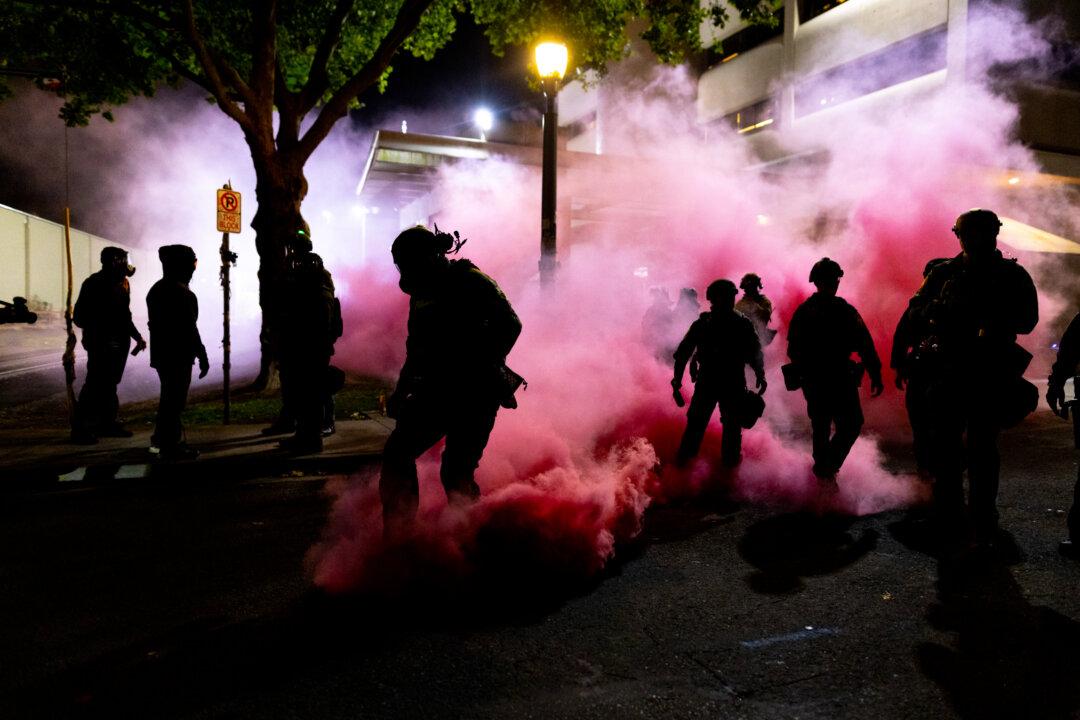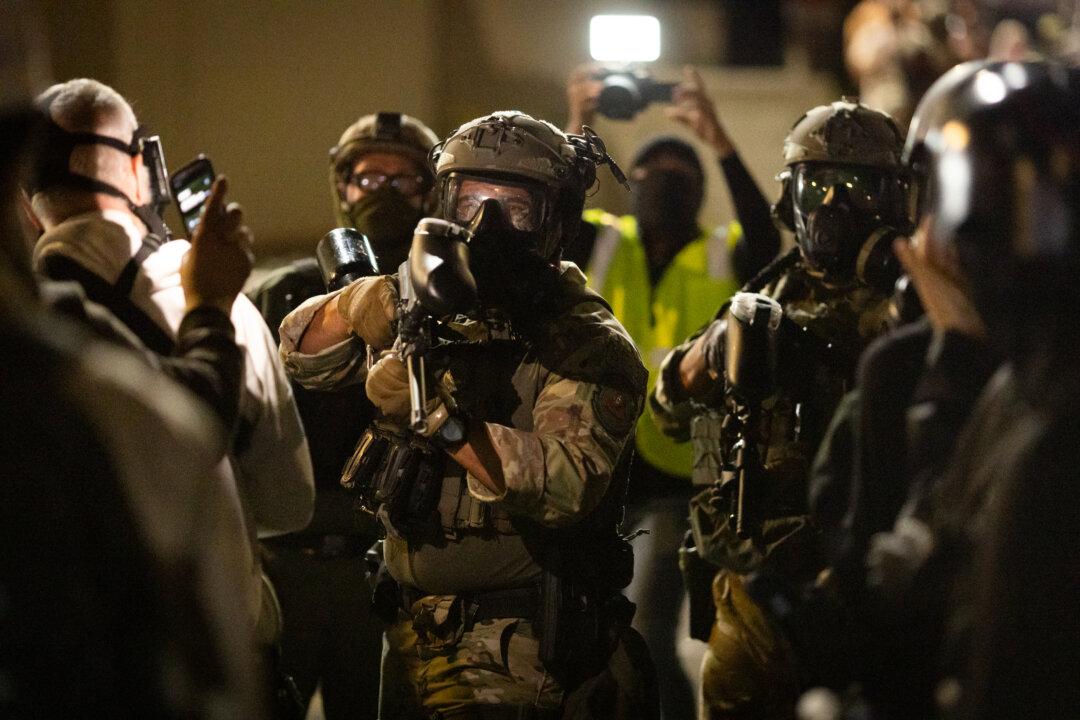LOS ANGELES—A boy tucked in between his mother and father fearfully looks across the aisle at a slender Hispanic male in his early 20s laid sprawled across two seats with his mouth open and eyes shut just feet from them on a Metro train.
At the front of the train car, one man begins to talk to himself louder and louder as another man on the other side of the compartment lights up a joint, filling the car with the stench of marijuana.
Recently, drug use, homelessness, and crime are becoming the norm on the Los Angeles Metro Line trains at an alarming rate.
“As you could see, passengers were just smoking weed out in the open on the train in front of little kids with their parents all nervous right there,” former Los Angeles County Sheriff Alex Villanueva told The Epoch Times after riding the Gold and Red lines April 19.





